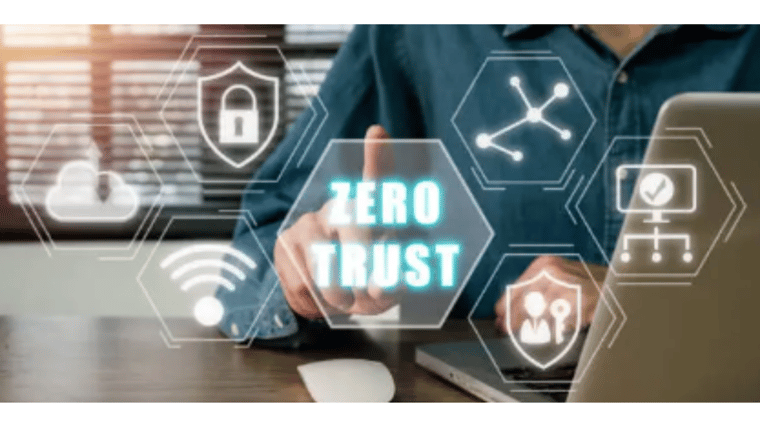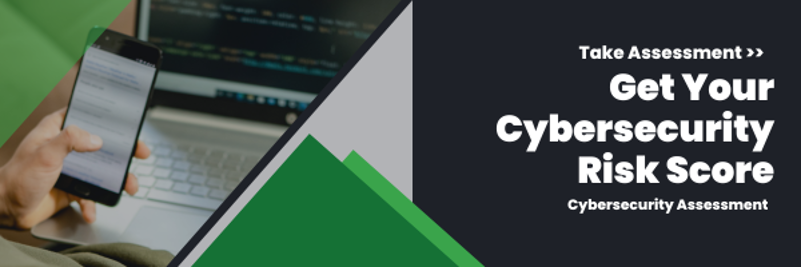With the ever-evolving shifts in cybersecurity and the rise of sophisticated cyber attacks, traditional approaches to safeguarding sensitive data and systems have become increasingly inadequate. This leads to the need for a more robust and proactive security framework, especially with an increase in remote workers and data from multiple platforms, including the cloud.
Enter the zero-trust model from the National Institute of Standards and Technology: a paradigm shift that challenges conventional notions of implicit trust within networks and emphasizes a comprehensive and continuous verification approach to security, no matter what.
Read: NIST Releases a Landmark Update in Cybersecurity Framework
What is the Zero-Trust Model?
The zero-trust model operates on the fundamental principle that businesses shouldn’t automatically trust anything, whether inside or outside the network perimeter. Traditionally, legacy security strategies relied on the concept of implicit trust, assuming that once users and devices were inside the perimeter, they could be trusted to access resources freely; the mindset was “trust but verify.” However, this outdated assumption has been proven flawed, as evidenced by the increasing frequency of insider threats and sophisticated external attacks breaching traditional defenses.
In contrast, the zero-trust model advocates for the strict verification of identities (users, apps and devices) and continuous monitoring of all network traffic, regardless of its source or destination. Under this modern security model, trust is never assumed, and every access attempt is subject to scrutiny and validation based on multiple context factors, including user identity, device health, location, data classification and user behavior, before they can access applications and data. In a nutshell, “never trust, always verify.” This mindset protects sensitive data and critical assets from internal and external threats.
Key Principles of Zero Trust
- Always verify: Authentication is a cornerstone of the zero-trust model. To ensure their identity, every user attempting to access resources must undergo rigorous authentication processes, such as multi-factor authentication (MFA).
- Validate devices: Every device connecting to the network or attempting to access data must be authenticated and validated before being granted access. This involves assessing the device’s security posture, including its security configurations and compliance with company policies.
- Limit access with POLP: The Principle of Least Privilege (POLP) dictates that users and devices should only be given the minimum level of access required to perform their tasks and responsibilities. Instead of providing blanket access to resources, access controls are granularly enforced. This helps minimize the potential impact of security breaches, including insider threats, by limiting the scope of compromised accounts or devices.
- Monitor and analyze traffic: Continuous monitoring of network traffic is essential for detecting anomalies and potential security threats. By analyzing user and device behavior in real time, organizations can identify suspicious activities and take immediate action to mitigate risks.
Implementing a Zero-Trust Model
A zero-trust model requires a holistic approach encompassing people, processes and technology. According to Gartner, 60% of businesses will embrace zero trust by 2025, and here are some key steps companies can take to adopt zero trust:
- Assess your current security posture: Conduct a thorough assessment of existing security measures to identify gaps and vulnerabilities that need addressing.
- Utilize strong authentication mechanisms: Deploy MFA, which requires two or more types of authentication, and other strong mechanisms to verify user identities and protect against unauthorized access.
- Segment the network: Implement network segmentation to limit the lateral movement of threats within the network. By dividing the network into smaller, isolated segments, companies can contain breaches and cut off further access, minimizing the breach’s impact.
- Deploy security controls: Implement advanced security controls, including intrusion prevention and detection systems (IDS and IPS), data loss prevention (DLP), endpoint detection and response (EDR) and more, to monitor and protect network traffic effectively.
- Continuously monitor and evaluate: Robust monitoring and incident response processes detect and respond to security incidents promptly. Regularly evaluate and refine security policies and controls to adapt to evolving threats.
Benefits of Zero Trust
Embracing the zero-trust model offers businesses several significant benefits:
- Enhanced security posture: By assuming a posture of distrust and implementing rigorous access controls, organizations can significantly reduce their attack surface and mitigate the risk of data breaches and cyber attacks that bypass traditional security measures.
- Improved compliance: Zero trust aligns closely with regulatory requirements and industry standards, helping companies achieve and maintain compliance with data protection regulations like GDPR, HIPAA and PCI DSS.
- Better visibility and control: Zero trust also gives businesses with greater visibility into their network traffic and user activities, enabling them to detect and respond to security threats more effectively.
- Limit the blast radius: If a breach does occur, zero trust can help minimize the impact. Segmenting the network and utilizing access controls and POLP limits the attack surface, which gives the company time to respond and mitigate the breach. This can also lower the cost and downtime dedicated to recovering.
How Thriveon Can Help
Implementing a zero-trust model may require significant effort and investment, and many companies don’t know where to start. That’s where a managed service provider like Thriveon can help.
At Thriveon, we know how important it is to protect your data, devices and network from cyber attacks and breaches. That’s why we offer robust cybersecurity services that protect your company while maintaining cybersecurity compliance.
Schedule a meeting with us now for more information.

